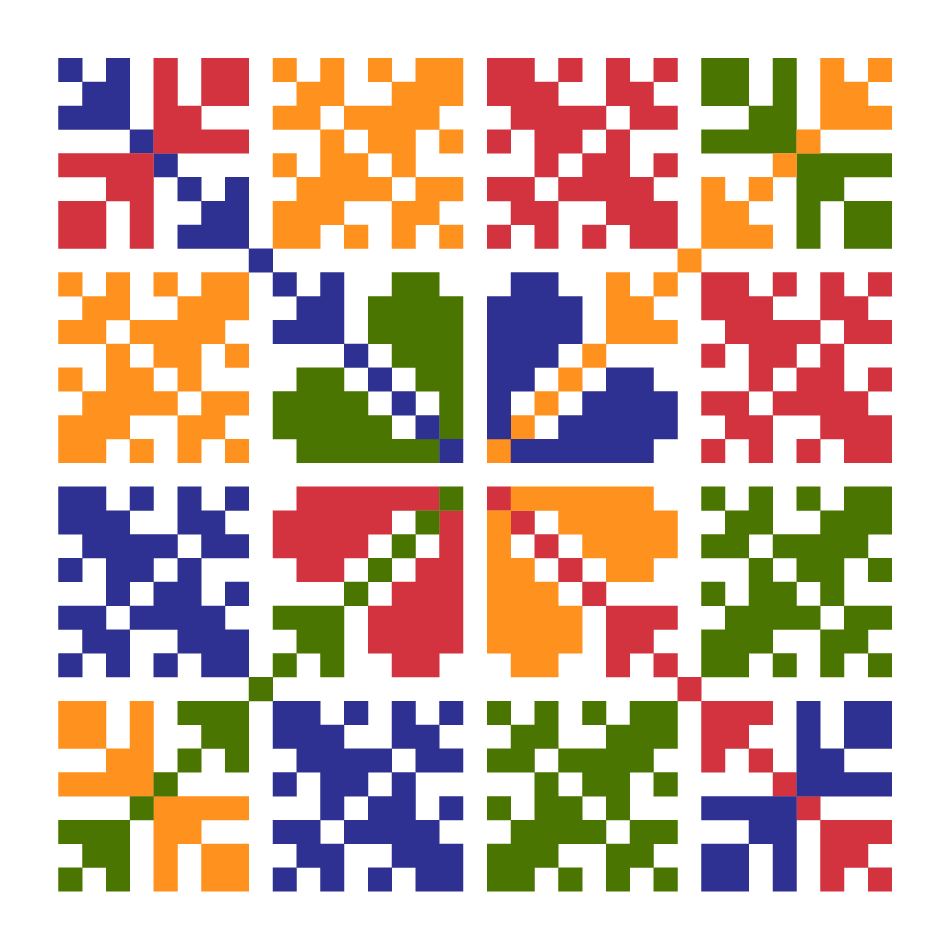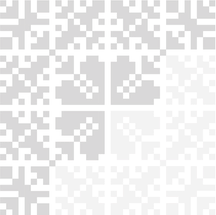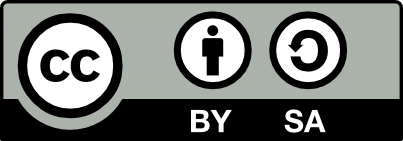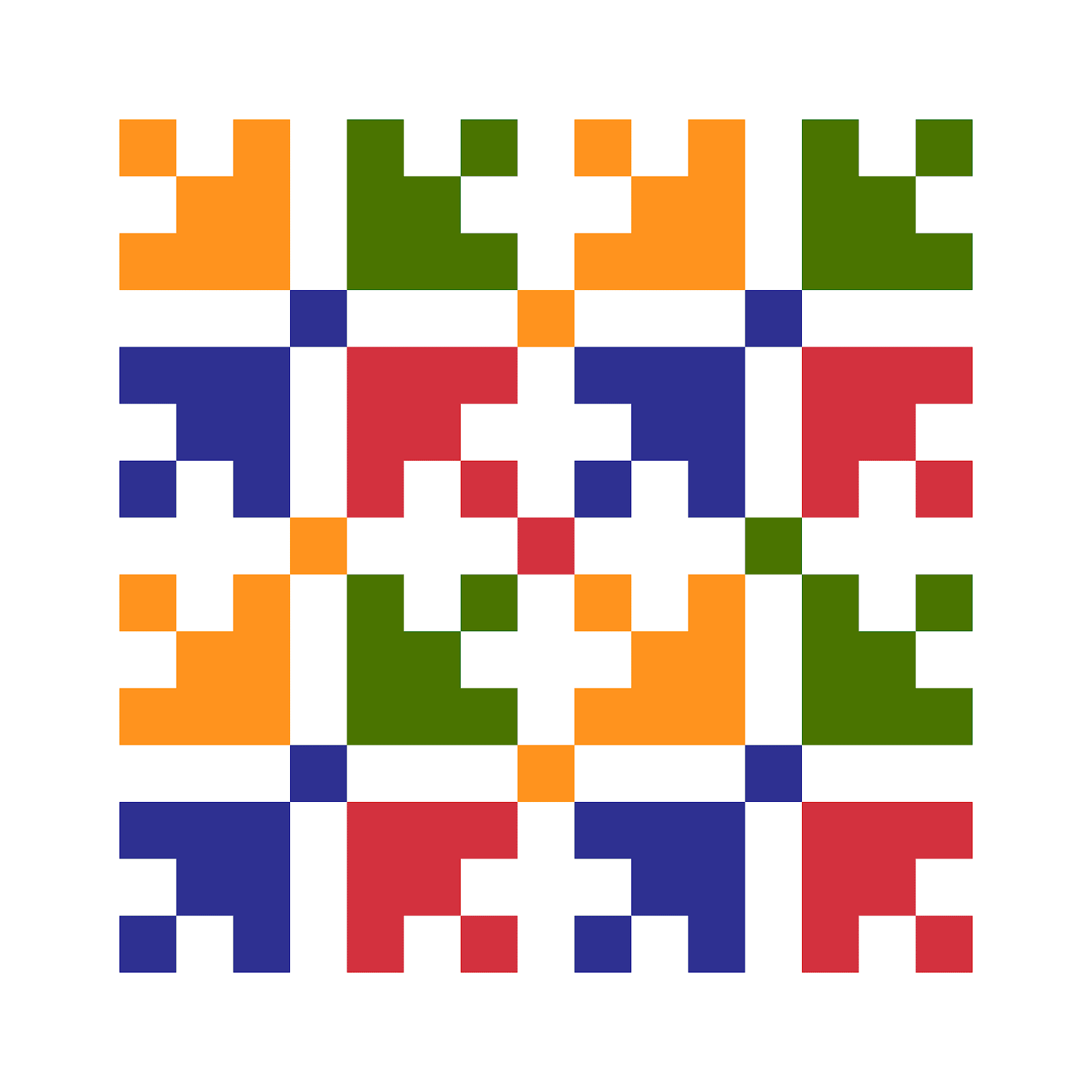C1 M1 L6 Grammar
1 | Modul 1: Gramatika
Moje ime je Bond, James Bond
1 | 1 | Lekcija 6: Roditelji
| Adjectives
An adjective is a word that gives additional, descriptive information about a noun (big table, smart girl). At this point you have seen examples of how Croatian uses adjectives to modify nouns. Look at this set of sentences. Once you understand what they mean, look at the adjective endings and how these endings vary by the gender of the noun they describe. The adjective endings have been underlined for you.
MASCULINE | FEMININE | NEUTER |
Brat je lijep. | Sestra je lijepa. | Dijete je lijepo. |
Brat je dobar. | Sestra je dobra. | Dijete je dobro. |
Brat je pametan. | Sestra je pametna. | Dijete je pametno. |
Adjective endings change according to the gender of the noun (masculine, feminine, neuter) and also the number (singular or plural) of the noun they modify, or describe. Note, we will learn about plural adjective endings later. It is crucial to know how the endings are spelled.
In order to form adjectives correctly, you start with the dictionary form of the adjective, which is always given in the masculine singular form. The masculine form is the base form, or stem, to which other gendered endings are added.
Be careful, sometimes when forming feminine and neuter adjectives, the spelling of the stem may change a little bit. For example, dobar and pametan are both masculine adjective forms.
What happens when you want to create a feminine and/or neuter form? Answer: you need to drop the final -(a) and then add the ending that matches the gender. Thus, in order to say “she is a good/nice person,” you will say: Ona je dobra. If you want to say that “a child is good/nice,” you will say: Dijete je dobro.
| How to ask What does it look like, Kakav – Kakva – Kakvo
When you want to find out what someone looks like (What does he-she-it look like?), you will need to use one of the following forms:
Kakav je profesor? | (on) |
Kakva je profesorica? | (ona) |
Kakvo je dijete? | (ono) |
Keep in mind, as shown in the examples above, you always need to use the appropriate gender form of the question kakav, based on who-what you are referring to. Kakav itself is the masculine adjective form meaning ‘what kind?’ and it is used to ask about masculine singular nouns.
1.1 Zadatak 23. Kakav?
From the drop-down list, choose the correct question word to complete the sentence:
Now answer the questions about how things and people look.
*Note: at this point we are talking only about singular forms of the nouns and adjectives. In the near future, we will go over the plural forms for all three genders.
| Names of professions and other words that describe people
Most profession names in Croatian come in both forms (masculine and feminine), although some professions have only one form. In formal documents and situations today, the tendency is to use the masculine forms as the generic way to refer to either a man or a woman performing the work. In conversational and very informal situations, both forms are widely used.
Refers to a male | Učenik, student, učitelj, profesor |
Refers to a female | Učenica, studentica, učiteljica, profesorica |
How to create the feminine form? (basic one)
Masculine | ||||
profesor | ekonomist | liječnik | odvjetnik | menadžer |
glumac | policajac | inženjer | arhitekt | boksač |
pjevač | političar | dizajner | novinar | programer |
umjetnik | kuhar | umirovljenik (penzioner) | glazbenik | prodavač |
Feminine | ||||
profesorica | ekonomistica | liječnica | odvjetnica | menadžerica |
glumica | policajka | inženjerka | arhitektica | boksačica |
pjevačica | političarka | dizajnerica | novinarka | programerka |
umjetnica | kuharica | umirovljenica (penzionerka) | glazbenica | prodavačica |
| Possessive pronouns – Answering about ownership
You learned that the words moj (my/mine) and tvoj (your/yours –singular, familiar) are modifiers that agree with the noun that they modify in gender (masculine, feminine, neuter).
JA | |
Moj brat se zove Marko. | [moj – agrees with “brat”] |
Moja sestra se zove Ana. | [moja – agrees with “sestra”] |
Moje dijete* se zove Ivan. | [moje – agrees with “dijete”] |
*dijete = child
TI | |
Tvoj prijatelj* se zove Darko? | [tvoj – agrees with “prijatelj”] |
Tvoja prijateljica se zove Irena? | [tvoja – agrees with “prijateljica”] |
Tvoje dijete se zove Goran. | [tvoje – agrees with “dijete”] |
*prijatelj = friend
The third person singular forms are as follows:
ON | ONA |
njegov (brat) | njezin (brat) |
njegova (sestra) | njezina (sestra) |
njegovo (dijete) | njezino (dijete) |
Be careful:
moje / tvoje use the ending -e for neuter singular |
moje dijete, moje ogledalo |
tvoje dijete, tvoje ogledalo |
njegovo / njezino use the ending -o for neuter singular |
njegovo dijete, njegovo ogledalo |
njezino dijete, njezino ogledalo |
The reason for this lies in the fact that both, moj and tvoj (dictionary forms) end in a palatal consonant (lj, nj, j, ć, đ, č, dž, š, ž). The final letter in these words ‘-j’ is a palatal consonant. The ending -e is used to signify neuter singular after the final palatal consonants in both moj and tvoj. You cannot say mojo dijete.
For masculine and feminine forms, however, recall the endings generally associated with each gender.
JA | TI | ON | ONA |
Moj brat. | Tvoj brat. | Njegov brat. | Njezin brat. |
Moja sestra. | Tvoja sestra. | Njegova sestra. | Njezina sestra. |
1.1 Zadatak 24. Moje je…
Look at the list of the following items. How would you say that each item belongs to you?
For example: ______ knjiga. → Moja knjiga.
Then, after you complete each sentence with the correct form of my, answer how likely the statement is true for you (i.e., do you have the item or not).
For example (still referring to a book):
Točno ili netočno? / True or false? → Točno. This would imply that you do have/possess a book.




